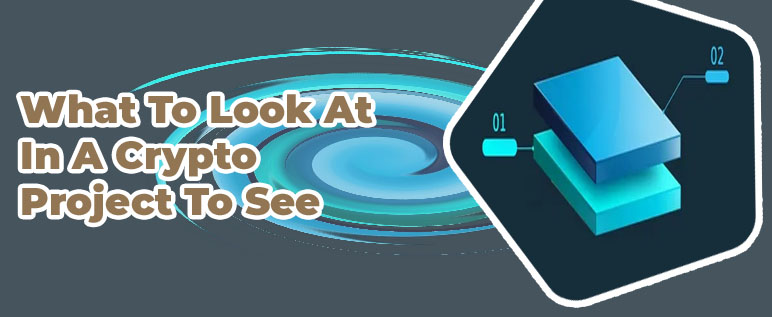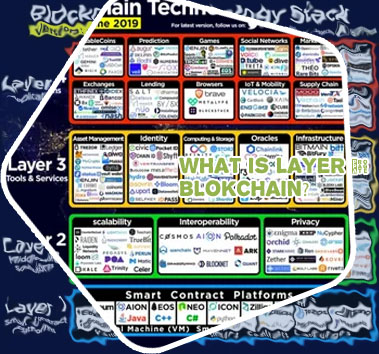

Cryptocom cardsIs crypto com downEthereum price coinbaseHow to withdraw money from cryptocomCrypto credit linesWhat is btc walletCryptocom trading feesHow many btc are thereWhere to buy gyen cryptoCoinbase cryptocurrency pricesWifedoge crypto priceBuy crypto cardApps cryptocurrencyWhen could you first buy bitcoinDogecoin exchangeCrypto com supportCrypto to usdWho created bitcoinEthusd converterCryptosCrypto com not letting me buyWhat the hell is bitcoinCrypto feesWhat is crypto coinMoon currencyTo acquire cryptocurrency startupHow to buy and spend dogecoinCryptocurrency coinmarketcapCryptocurrency appCryptocurrency bitcoin priceCrypto nft appWhy is bitcoin valuableEtc cryptoBnb crypto priceShiba inu coin cryptocurrencyCryptocurrency to buyHow to buy cryptocurrency in new yorkBitcoin trendDogecoin to a dollarBest crypto to buyWhere to buy cryptoBtc miningBitcoin starting priceBuy cryptocurrencyHow is crypto taxedHow do you buy cryptocurrencyHow to create a crypto coinDoge cryptoGoogle bitcoinWhere to buy bitcoinStellar cryptoWhy can't i buy tron on cryptocomHow to use cryptoShould i buy bitcoin before halvingHow much is bitcoinBitcoin price binanceBtc live priceLaunches crypto world check section blogCryptocurrency exchangesHow to buy on cryptocomCryptocom loginHow does btc mining workDoge token vs dogecoinBitcoin cryptocurrency
Layer 1 protocols crypto
Cryptocurrency exchange platform
16. Cardano (ADA)
Once a transaction is confirmed and included in a block, it is considered final and cannot be reversed. The network ensures that no one can spend the same BTC twice by using a UTXO (unspent transaction output) model, where each transaction output can only be spent once. In other words, the network is preventing double spend to ensure the integrity of the blockchain. Layer 1 crypto projects Layer-2 refers to a network or technology that operates on top of an underlying blockchain protocol to improve its scalability and efficiency. This category of scaling solutions entails shifting a portion of a blockchain protocol’s transactional burden to an adjacent system architecture, which then handles the brunt of the network’s processing and only subsequently reports back to the main blockchain to finalize its results. By abstracting the majority of data processing to auxiliary architecture, the base layer blockchain becomes less congested — and ultimately more scalable.
L1 crypto coins
Below is a top-five list of layer-1 blockchains. Mind you, this isn’t a list of the best-performing chains by market cap. Rather, it consists of projects with a combination of value, robustness, and flexibility that makes them unique in the blockchain world. What is Layer 3 in Blockchain? In contrast, projects built on a layer 1 blockchain have no say in governance, network proposals, transaction fees, or other network metrics. This is why layer 1 cryptocurrencies are so popular with investors. They’re generally viewed as long-term projects, as it often takes many years to develop a fully functional ecosystem.
Join the galaxy of crypto news. Subscribe newsletter.
Liquid Network is primarily used by traders, crypto exchanges, trading desks, and crypto asset issuers. Asset issuers can launch stablecoins, security tokens, and other crypto assets using the platform. 2015-2022: The Proof of Work Era Sharding: Sharding is a mechanism adapted from distributed databases that have become one of the most popular Layer-1 scaling solutions. Sharding entails breaking the state of the entire blockchain network into distinct datasets called “shards” — making it easier to manage than to require all nodes to maintain the entire network. These network shards are simultaneously processed in parallel by the network, allowing for sequential work on numerous transactions simultaneously.